When I first looked for a crib, I had no idea what the regular crib size even meant. I saw words like “standard,” “mini,” and “convertible” and felt lost. I just wanted something safe, comfy, and easy to fit in our room. If you’re in the same boat, don’t worry—I’ve been there. In this guide, I’ll explain what a regular crib is, how it compares to other sizes, and what to look for when shopping. Let’s keep things simple and help you choose with confidence.
What Is the Regular Crib Size?
If you’re like me, walking into a baby store for the first time can feel like stepping into a whole new world. I remember asking, “Wait, aren’t all cribs the same size?” Turns out, they’re not—and knowing the regular crib size can save you a lot of guesswork.
Short answer: A regular crib (also called a standard crib size) in the U.S. usually measures 28 inches wide by 52 inches long.
This is the most common size you’ll find in stores, and it’s what most crib mattresses are made for.
I learned this the hard way when I almost bought a mini crib by mistake. It looked cute and compact, but when I checked the crib bed size, I realized it was much smaller—usually around 24 inches by 38 inches. That would’ve been fine for the newborn stage, but I wanted something that would last longer.
In the end, I chose a regular crib because it gave me peace of mind. It fit my baby as he grew, and I didn’t need to buy a new bed six months later. Plus, the variety of regular crib mattress sizes made it easy to find something safe and comfy. Looking back, I’m so glad I checked the dimensions before making a quick decision.
Understanding the Regular Crib Mattress Size
I didn’t know much about crib mattresses until I had to buy one. I figured they were all the same. But I quickly learned that getting the right size is a big deal. A snug fit keeps your baby safe.
Quick answer: The regular crib mattress size in the U.S. is 27 1/4 inches wide by 51 5/8 inches long.
This is the standard size made to fit most full-size cribs.
That size comes from rules set by the Consumer Product Safety Commission (CPSC). The mattress should sit tight inside the crib, with no big gaps. If it’s too small, your baby’s arm or leg could slip in the space. I once tested a mattress that left a gap near the corner—and it instantly felt unsafe.
Here’s a tip I still follow: if you can fit more than two fingers between the crib and mattress, don’t use it. A snug fit helps prevent injuries.
When I shopped for a mattress, I had two main options: foam or innerspring. Foam was lighter and easy to lift, which helped during midnight sheet changes. Innerspring felt firmer, which some parents prefer. In the end, I chose foam for ease and comfort—and it worked great for us.
Crib Bed Size vs. Toddler Bed Size
When I first heard the term crib bed size, I thought it meant something totally different from a crib mattress. But here’s the simple truth: crib bed size is just another way of saying regular crib mattress size. It’s the size used in full-size cribs, which is 27 1/4 inches wide by 51 5/8 inches long.
Short answer: Crib bed size = regular crib mattress size.
Both refer to the standard mattress used in full-size cribs.
We kept our baby in the crib until around age 3. He started climbing out one morning—scared me to death! That’s when I knew it was time for a toddler bed. Many toddler beds actually use the same size mattress, so we didn’t need to buy a new one. That saved us money and hassle.
We bought a convertible crib, and honestly, I’m glad we did. It turned into a toddler bed with just a few adjustments. The best part? The mattress stayed the same, so it felt familiar and comfy for him during the switch.
If you’re wondering about size continuity, here’s the scoop:
Most toddler beds use the same mattress as a regular crib.
That makes the transition smoother, both for your child and your wallet.
Key Factors to Consider When Buying a Regular Crib
Shopping for a crib can feel like a puzzle. I just wanted one that was safe, strong, and easy to use. After digging through tons of options, I found out what truly matters. Here’s what helped me—like a friend passing you notes before the test.
Check for Safety Labels
Quick tip: Make sure the crib is certified by JPMA, ASTM, or CPSC.
I had no idea what those meant at first. But now, I don’t buy baby stuff without them. These labels mean the crib meets key safety rules. It’s one of the first things I look for when shopping.
Slats Should Be Close Together
The slats are the bars on the sides of the crib. I didn’t think about them much—until I learned a baby’s arm or leg could slip through if they’re too far apart.
The slats should be no more than 2 3/8 inches apart.
I took a tape measure with me when shopping. Yes, really! Some cribs didn’t pass the test, so I moved on. Your baby’s safety is worth it.
Adjustable Mattress Height Is a Lifesaver
This one saved my back. No joke.
Get a crib with at least 3 mattress height options.
When my baby was tiny, I kept the mattress high. It made night changes easier. As he grew, I moved it down to keep him safe. It made a huge difference.
Make Sure It Fits Your Space
Our nursery was small. Like, really small. I wanted a full-size crib, but space was tight.
Measure your room before you buy. Choose a style that fits.
Some cribs are slim and sleek. Others are big and bulky. I picked one with a simple look—and it fit just right.
Quick Answers for Busy Parents
What makes a crib safe?
Look for JPMA, ASTM, or CPSC safety labels.
How far apart should crib slats be?
No more than 2 3/8 inches wide.
Why does mattress height matter?
It helps your back and keeps your baby safe as they grow.
Can a full-size crib fit in a small room?
Yes! Just measure first and choose a simple style.
Pros and Cons of a Regular Crib Size
Picking a regular crib felt like the safest choice for my baby. But there are good and not-so-good sides. Here’s what I liked and what was tricky.
Pros of a Regular Crib Size
Quick fact: A regular crib gives your baby more room and lasts longer.
The best part? There was plenty of space for my baby to move and stretch. He could roll around and sleep well. That made me happy too.
We used the crib until he was almost three years old. So, we didn’t have to buy a new bed soon. Plus, finding a mattress was easy because most cribs use the same size.
And the style choices? Lots to pick from. Most cribs come in this size, so you can find one that fits your nursery and taste.
Cons of a Regular Crib Size
Quick fact: A regular crib takes up more space in the room.
If your nursery is small, a regular crib might feel big. I had a tiny room, and it filled up quickly. We moved the dresser and glider to make room for it.
It worked, but it was tight. If your space is small, a mini crib might be better at first.
My Story: Space vs. Comfort
I live in a small apartment. At first, I worried the crib was too big. But my baby slept well and was safe. That made the space worth it.
Now, I tell friends: if you have a little room, go for a regular crib. The extra space helps your baby grow and sleep better.
Final Thoughts: Why I Recommend a Regular Crib Size for Most Families
A regular crib size is a great choice for most parents. It gives your baby room to grow. Your baby can sleep well and move freely. This means less worry for you.
Quick answer: A regular crib is roomy and lasts a long time.
I felt happy knowing my baby had space to stretch out. Bedtime was easier for both of us. Also, it was easy to find the right mattress and sheets.
If you have space, I say go for a regular crib. It fits well and grows with your child. This saves money and hassle later.
Quick tip: If your room fits it, choose a regular crib for comfort and long use.
Every home is different. But for me, a regular crib is worth the space it takes. It gives peace of mind and helps your baby sleep better.
Read More:
My Surprising Take on Dr. Browns vs Tommee Tippee
Dr Brown Bottles vs Philips Avent: My Honest Journey
The Truth About What Size Is a Standard Crib Mattress
The Ultimate Crib Mattress Size Guide You Need
Crib Placement Tips for a Safe and Cozy Nursery: My Experience
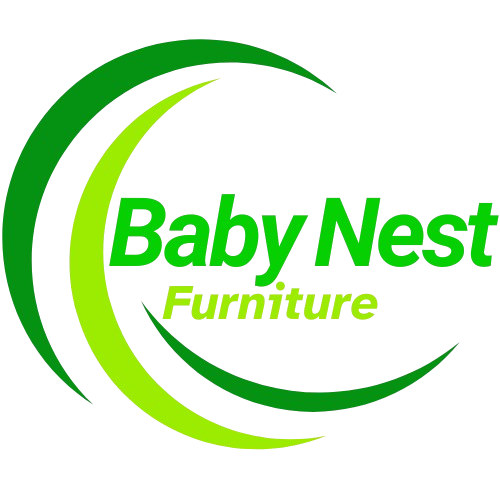
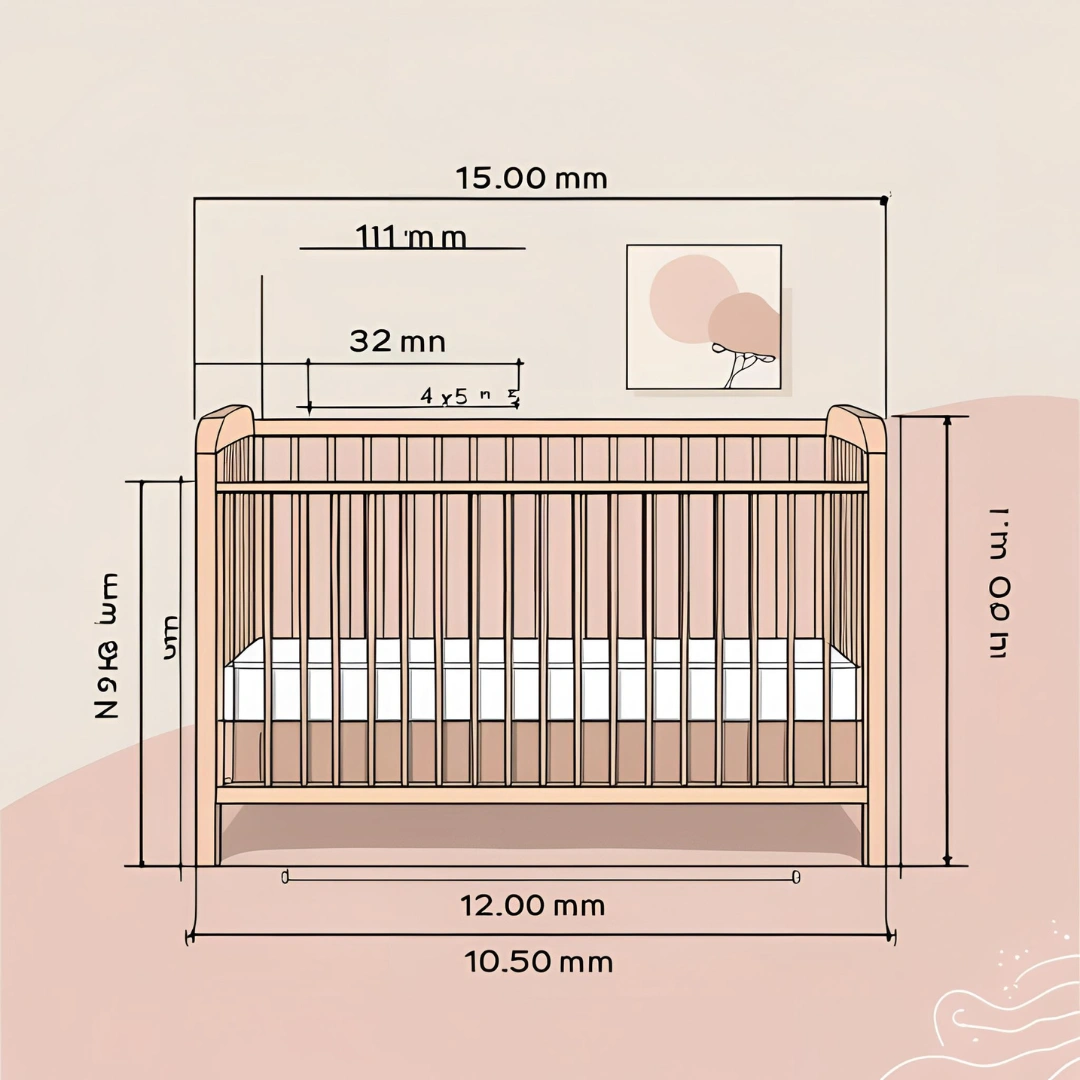
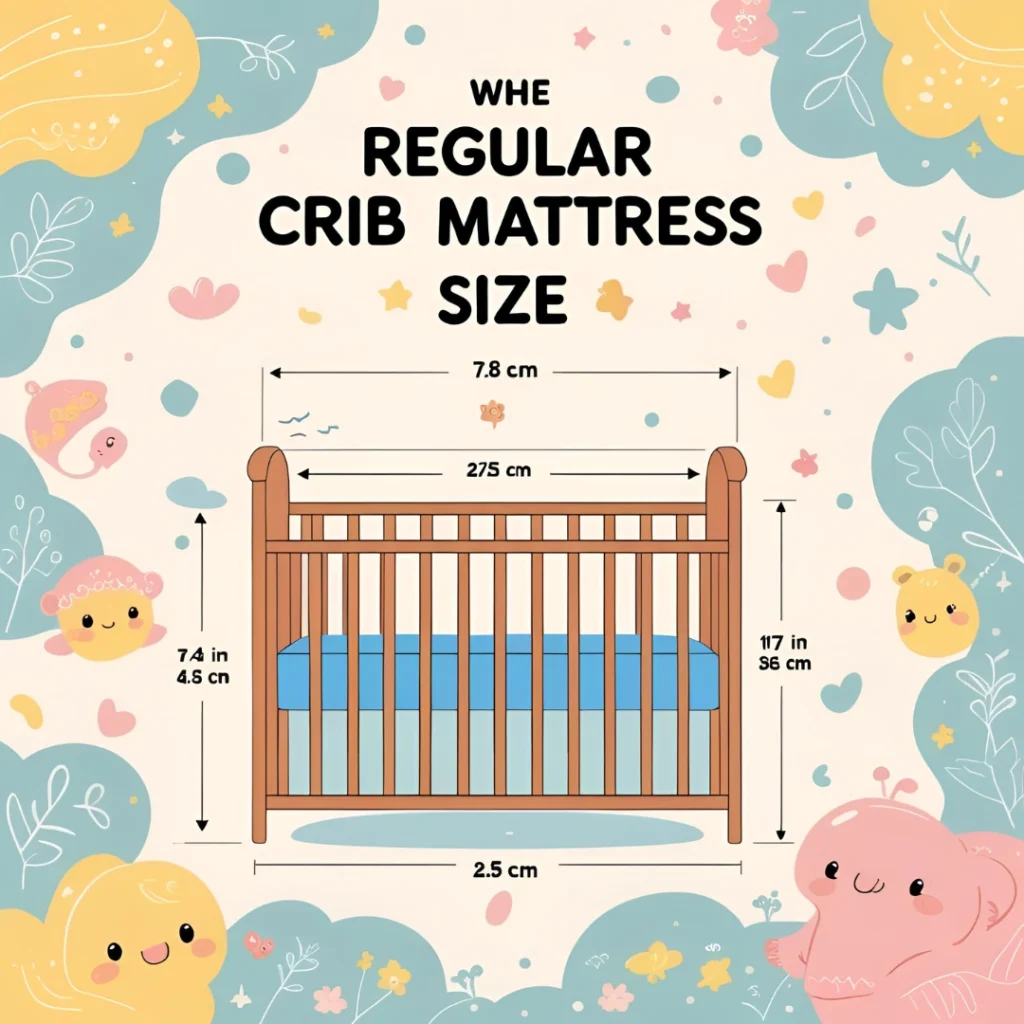
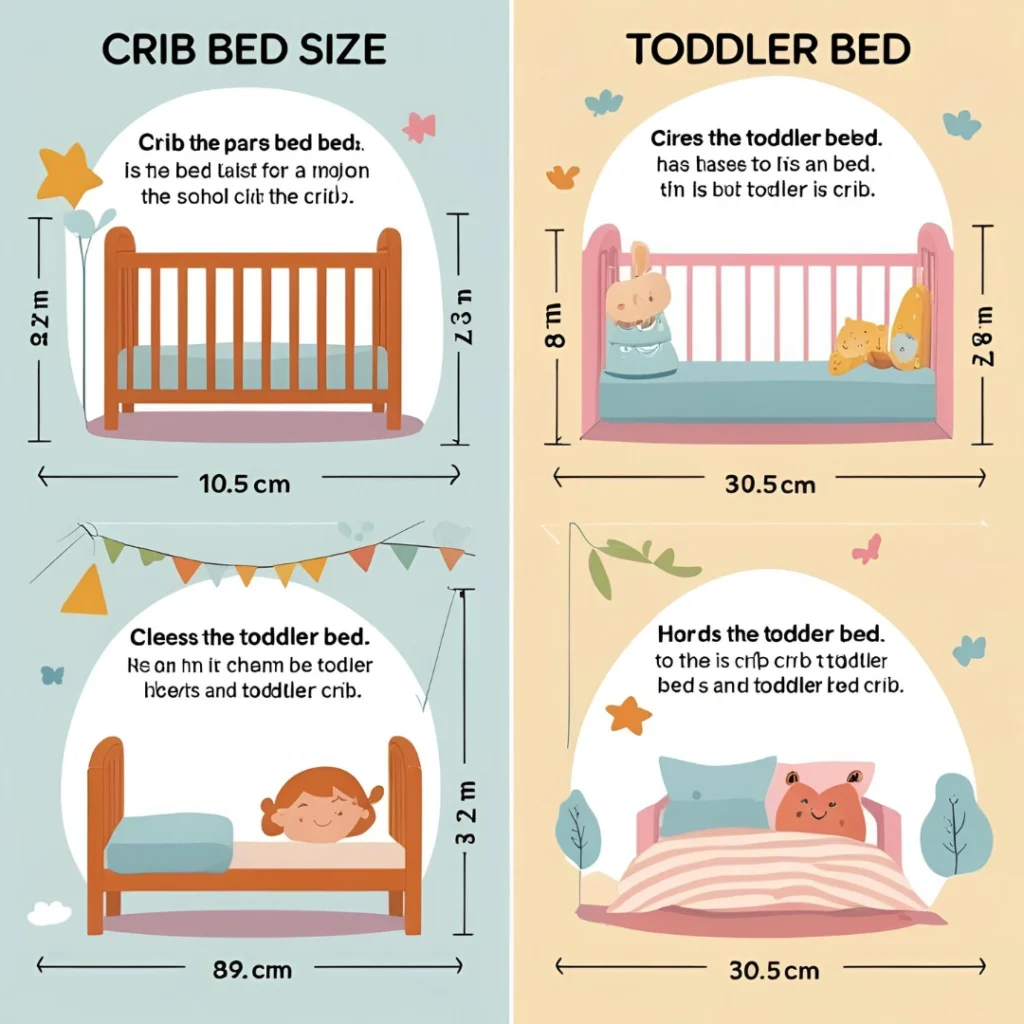
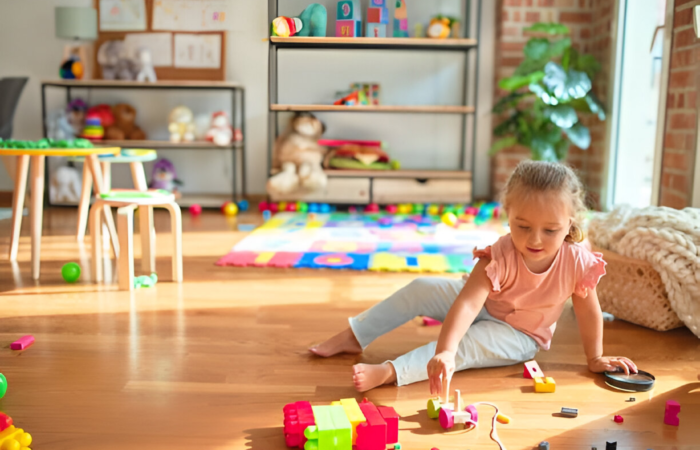
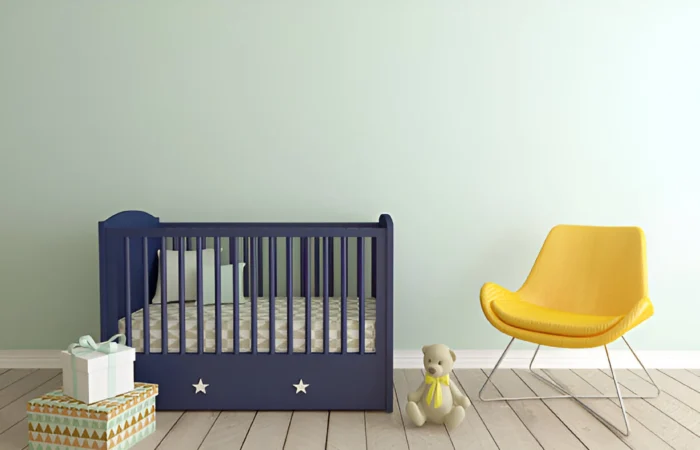
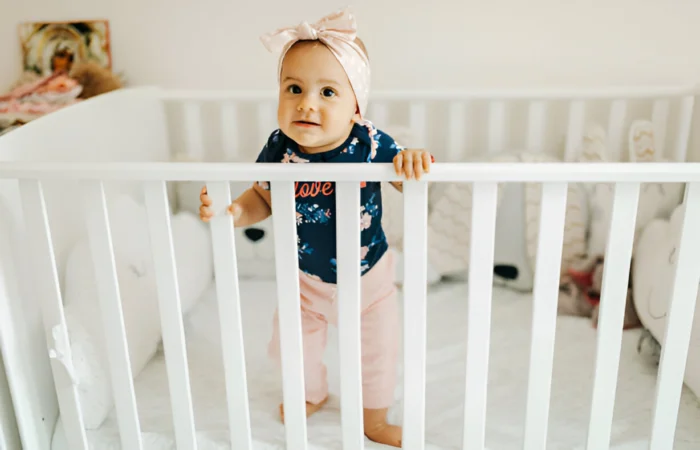
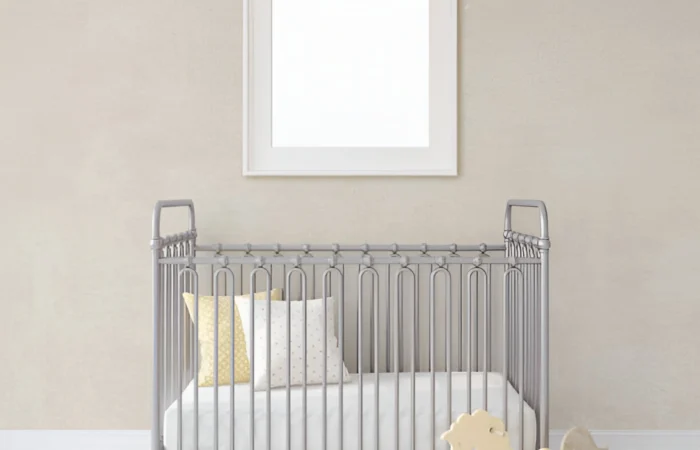

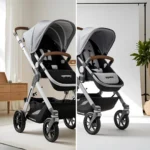
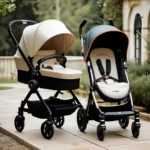
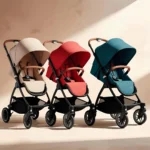
Leave Your Comment: